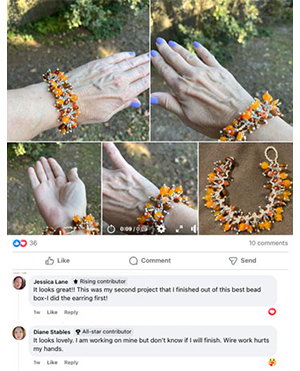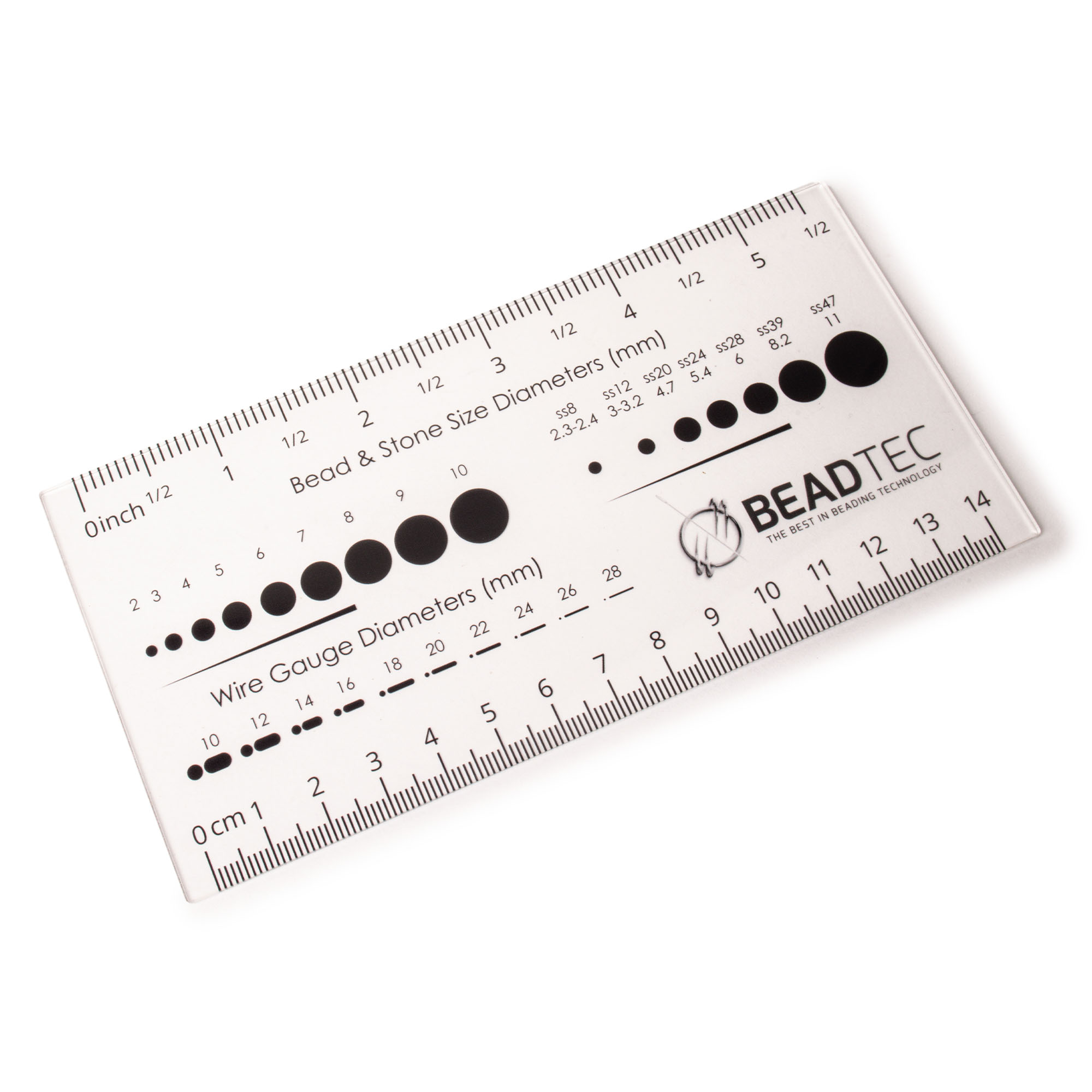- Jewelry-Making Supplies ▾
Design Jewelry with Confidence!
Seed Beads
Thread, Wire, & Stringing Materials
Athenacast Findings & Components
Everything Else
- Kits & Collections ▾
Assemble Your World
Kits & Collections
- Subscriptions ▾
Want monthly Beading Happiness?
Subscriptions
- Learn to Make ▾
Want to learn more?
- Discounts & Deals ▾
Explore Today's Promotions!
- Jewelry-Making Supplies
- Kits & Collections
- Subscriptions
- Learn to Make
- Discounts & Deals
-
Seed Beads
Thread, Wire, & Stringing Materials
Findings & Components
Everything Else
-
Kits & Collections
-
Subscriptions
- Home
- How to Make Jewelry
- Better Beader Episodes
- Color Theory 101
Color Theory 101

Watch the Video Tutorial
Watch the Video Tutorial
Need Any Extra Materials?
Need Any Extra Materials?
Need Any Extra Materials?
Need Any Extra Materials?
Episode Transcript
Episode Transcript
Introduction
Understanding color theory is essential for creating stunning and harmonious jewelry designs. In this Better Beader episode from Potomac Beads, we dive into the fundamentals of color theory and explore how to apply these principles to your beading projects. Whether you're a beginner or an experienced beader, this step-by-step guide will help you master the art of color combination and take your designs to the next level.
Materials Needed
- Beads in various colors (seed beads, crystals, or other beads of your choice)
- Beading thread or wire
- Beading needles
- Scissors
- Clasps or closure components
- Color wheel or color scheme reference
Step-by-Step Tutorial
- Begin by familiarizing yourself with the color wheel and the different color schemes (complementary, analogous, triadic, etc.).
- Choose a color scheme that appeals to you or matches the project you have in mind.
- Select beads in colors that fit your chosen color scheme. Consider factors such as hue, saturation, and value to create depth and interest.
- Arrange your beads in a pleasing pattern or design, keeping in mind the principles of balance, contrast, and harmony.
- String your beads onto the beading thread or wire, following your desired pattern.
- As you work, pay attention to the proportions of each color and make adjustments as needed to maintain a cohesive look.
- Incorporate accent colors or metallic elements to add visual interest and dimension to your design.
- Complete your beadwork and attach any necessary clasps or closure components.
- Step back and assess your finished piece, checking for overall balance and visual appeal.
Customization Ideas & Inspiration
- Experiment with different color schemes to create unique and personalized designs. Try monochromatic, complementary, or analogous color palettes.
- Play with color proportions to create different moods or effects. A design with mostly cool colors and a pop of warm accent can create a striking contrast.
- Incorporate beads with different finishes (matte, glossy, or metallic) to add depth and texture to your color palette.
- Look to nature, art, or fashion for color inspiration. Translate the colors of a favorite painting, landscape, or outfit into a beautiful beaded creation.
Conclusion
By understanding and applying color theory principles, you can elevate your beading projects and create designs that are both visually stunning and emotionally resonant. Remember to have fun, experiment with different combinations, and trust your intuition as you explore the world of color in your beadwork.
We hope this guide, inspired by the Better Beader episode from Potomac Beads, has provided you with valuable insights and inspiration for your own color theory journey. Happy beading!
Join Our Growing Community
Join Our Growing Community




Our Testimonials
Our Testimonials
- 56061 (83.7%)
- 4820 (11.3%)
- 3300 (4.1%)
- 233 (0.5%)
- 125 (0.3%)
- Favorite Reviews
- Highest to Lowest
- Newest to Oldest
- All Ratings
- 5 ★ Reviews
- 4 ★ Reviews
- 3 ★ Reviews
- 2 ★ Reviews
- 1 ★ Reviews
Loading...
Only Visible on Admin Mode
Item Description
Designer's Material List
Project Steps
Highest Quality
Products
100% Money
Back Guarantee
Fast
Shipping
Best Teaching &
Customer Service
You'll want these emails...
Get Free Projects & Inspiration
Get Free Projects & Inspiration
- Bullet 1
- Bullet 2
- Bullet 3
Copyright © PotomacBeads









